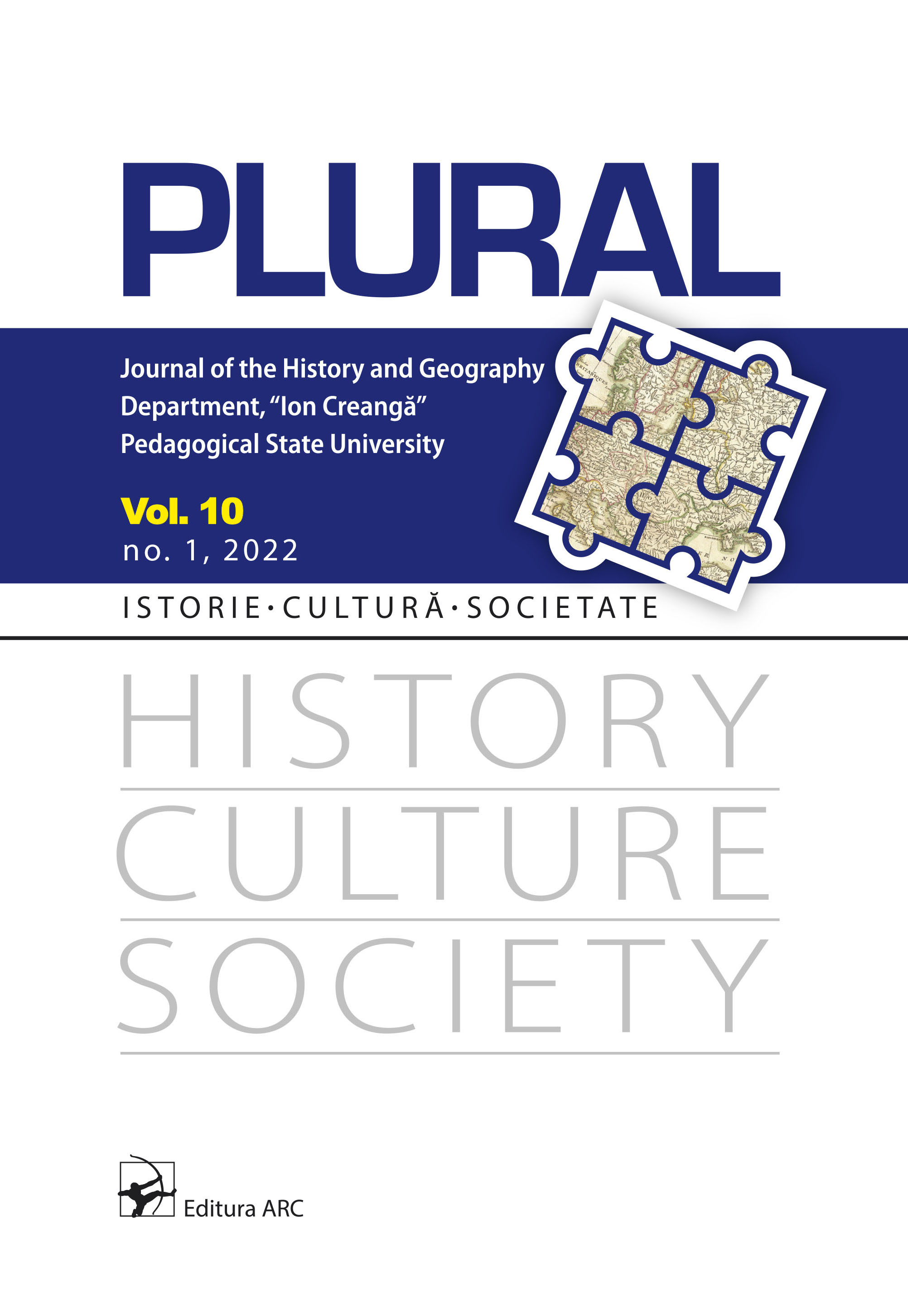Social structures in Late Iron Age Transylvania. Archaeological evidence of social competition and hierarchy
Social structures in Late Iron Age Transylvania. Archaeological evidence of social competition and hierarchy
Author(s): Aurel Rustoiu, Iosif Vasile FerenczSubject(s): Archaeology, Cultural history, Ancient World
Published by: Facultatea de Istorie și Geografie, Universitatea Pedagogică de Stat „Ion Creangă”
Keywords: Transylvania; Late Iron Age; Celts; Dacians; rits and rituals; settlements; cultural identities; social status;
Summary/Abstract: The scope of this article is to discuss the main components of the social structures which characterized the “Celtic” and the “Dacian” cultural andchronological horizons, and to identify, on the basis of the available archaeological evidence, the means and practices through which social hierarchy and competition was expressed within the communities of each horizon. The rural society specific to the “Celtic” horizon was largely heterarchic, whereas the“Dacian” horizon was characterized by a hierarchic social organization. The differences between these two horizons can be observed in the funerary practices, the organization of the landscape, and the range of visual symbols used in the expression of social status and power by the local elites.
- Issue Year: 10/2022
- Issue No: 1
- Page Range: 115-146
- Page Count: 32
- Language: English

